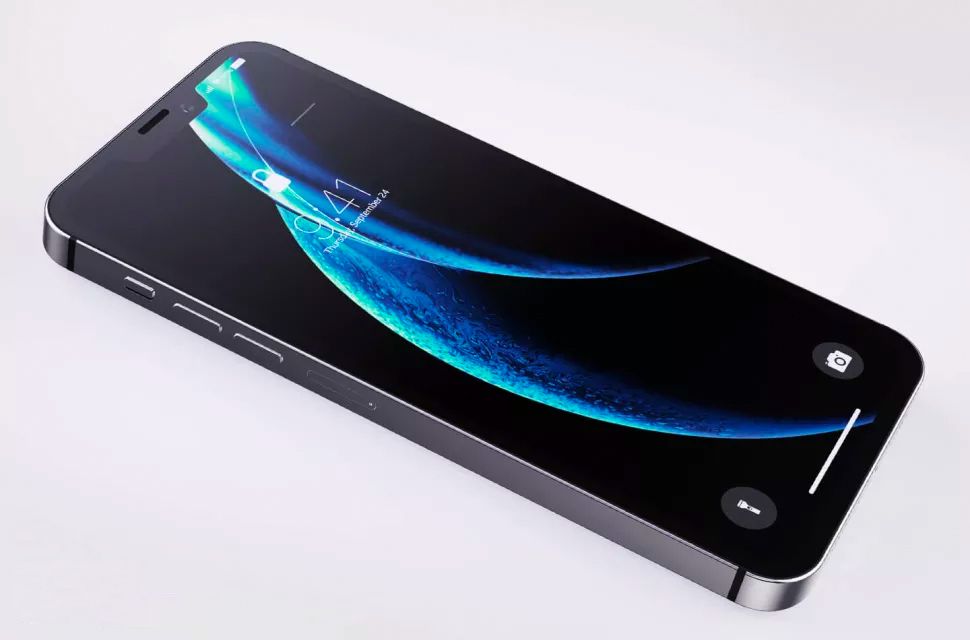
Despite rumors to the contrary, all four iPhone 12 models will support sub-6GHz and mmWave 5G networks.
Sources familiar with Apple’s iPhone plans told DigiTimes (via Wccftech and MacRumors) that the iPhone 12 phone quartet will come with full 5G support, but in 2021 iPhone 13 will settle on single-band 5G support. It was previously rumored that the standard iPhone 12 and iPhone 12 Max would only have 5G connectivity below 6GHz, while Pro models would have dual-band network support.
This may seem like a strange move, but I would suggest that Apple will have the ability to configure its future iPhones to support the most prominent 5G networks in the nations in which they are sold. For example, mmWave 5G is more advanced in its deployment in the US than it is in the UK, where 5G below 6GHz is more prevalent.
Most users won’t notice the impact of this decision, but it does mean that the iPhone 13 will not have the same versatility as the iPhone 12 as a result. However, it will probably mean it’s cheaper because you won’t need the dual-band modem, and it could help boost Apple’s share of the 5G phone market by switching many phones.
The iPhone 13 is still more than a year away from launch and is therefore still an unknown entity. However, a notable rumor says that the iPhone 13 will be Apple’s first with no port to charge or transfer data, and that the phone will completely rely on wireless methods.
iPhone 12 5G
Going back to iPhone 12, the reason Apple will be able to use both 5G versions is through the installation of Snapdragon X60 modems. These Qualcomm-made modem chips support mmWave and sub-6GHz, and will therefore give iPhone 12 versatile 5G compatibility.
Apparently, Apple is making this decision to give its 5G devices the best possible start against Android competitors, which in some cases have been shipping 5G-compatible devices for more than 12 months. While users are unlikely to see the need for sub-6GHz and mmWave support on the same phone, it may benefit a small number of frequent flyers who will appreciate having the fastest possible mobile internet in all countries with any type 5G network present.
The iPhone 12 is believed to arrive in September, and the phones will potentially ship in October. In addition to 5G, the four-phone range will also feature OLED displays on all models and the A14 Bionic chipset.
The iPhone 12 Pro and iPhone 12 Pro Max can also get a ProMotion refresh rate of 120Hz, although this is apparently still uncertain. As is the rumor that the iPhone 12 Pro Max will be the only model of the next iPhones to have a LiDAR depth sensor in its rear camera array. We will have to wait a little longer before discovering which rumors bear fruit.